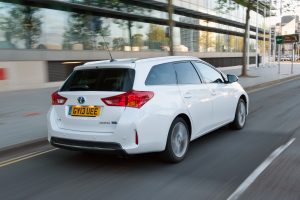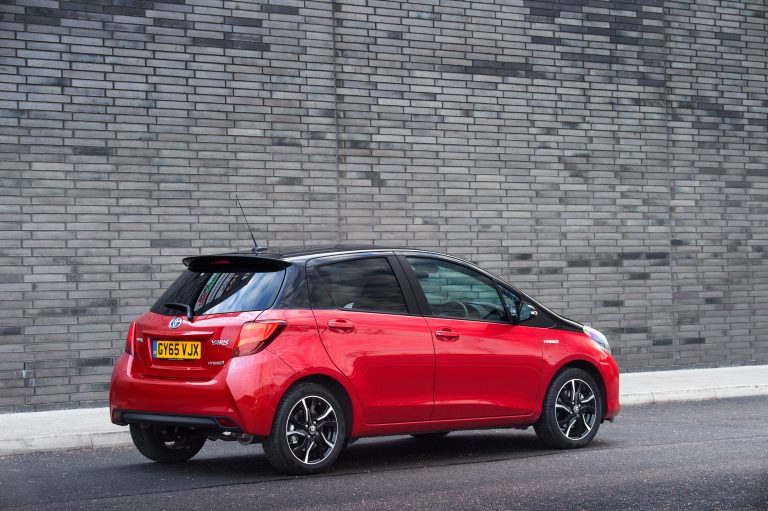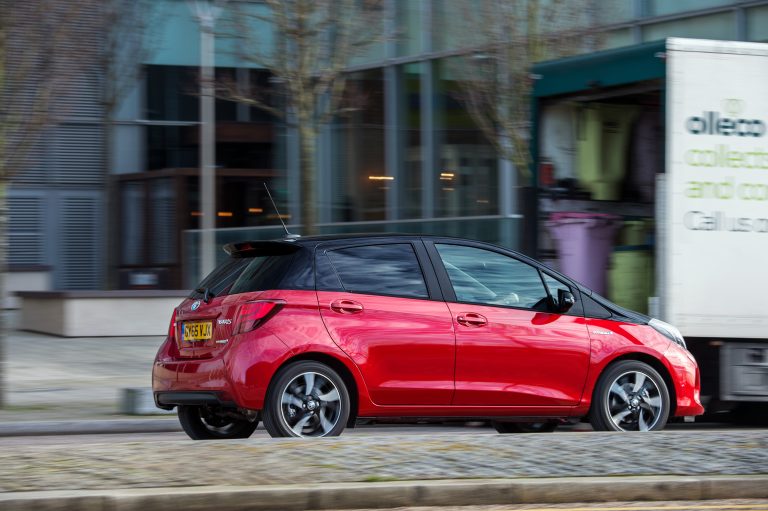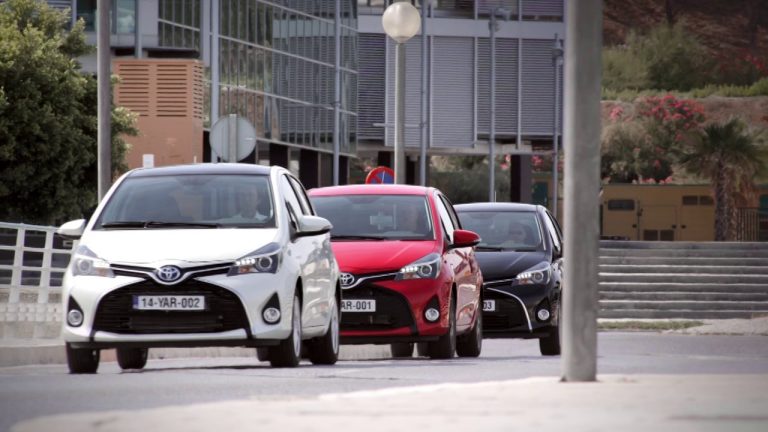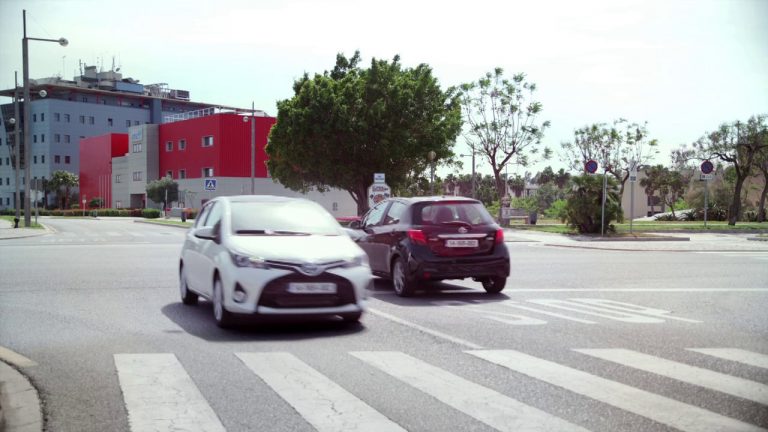Toyota Hybrids: A Cleaner Choice For Urban Air Quality
Britain’s city centres are bearing the brunt of air pollution and the worst-hit areas might not meet clean targets for at least another 15 years, according to a new Government report that reveals latest progress in meeting European standards on nitrogen dioxide levels. This strengthens the argument for Toyota’s hybrids, cars that emit virtually no NOx (including NO2) and which can run pollution-free in the worst city-centre traffic.
Statistics released by Defra* show NO2 levels in Greater London, the West Midlands and West Yorkshire are unlikely to comply with EU levels until at least 2030 – five years or more beyond the Government’s last projection. The World Health Organisation highlights NO2 as a significant air pollutant that contributes to respiratory diseases, in particular among children suffering from asthma.
Diesel-powered vehicles are a significant contributor to NOx pollution in cities and also produce particulates. Toyota’s Hybrid Synergy Drive system, available in Prius, Prius+, Auris, Auris Touring Sports and Yaris models in the UK, creates only minimal amounts of NOx and no particulates, and already conforms with the more stringent, up-coming Euro 6 vehicle emissions standards.
What’s more, these vehicles can all be driven short distances at city traffic speeds on electric power alone, with zero tailpipe emissions, thus creating no air pollution in the most sensitive urban areas.
Where Prius Plug-in is concerned, the electric range is even greater, and achievable at higher speeds, making an emissions-free daily urban commute a real possibility.
Toyota spokesman, Neil Broad said: “People are now well aware of the benefits of the low CO2 emissions associated with our hybrids, and the importance of reducing greenhouse gases to protect the atmosphere. The impact of NOx on air quality and public health is a growing concern, and it’s an area where, again, Toyota’s hybrid technology performs strongly.
“By choosing a hybrid vehicle, our customers can virtually eliminate NOx and particulate emissions and reduce their carbon footprint, most importantly when driving in urban traffic – the worst pollution hot-spots. Low running costs, a superb reliability record and no-compromise cabin and luggage space all add to the compelling hybrid argument.”
* Department for the Environment, Food and Rural Affairs, updated projections for nitrogen dioxide compliance, July 2014.


